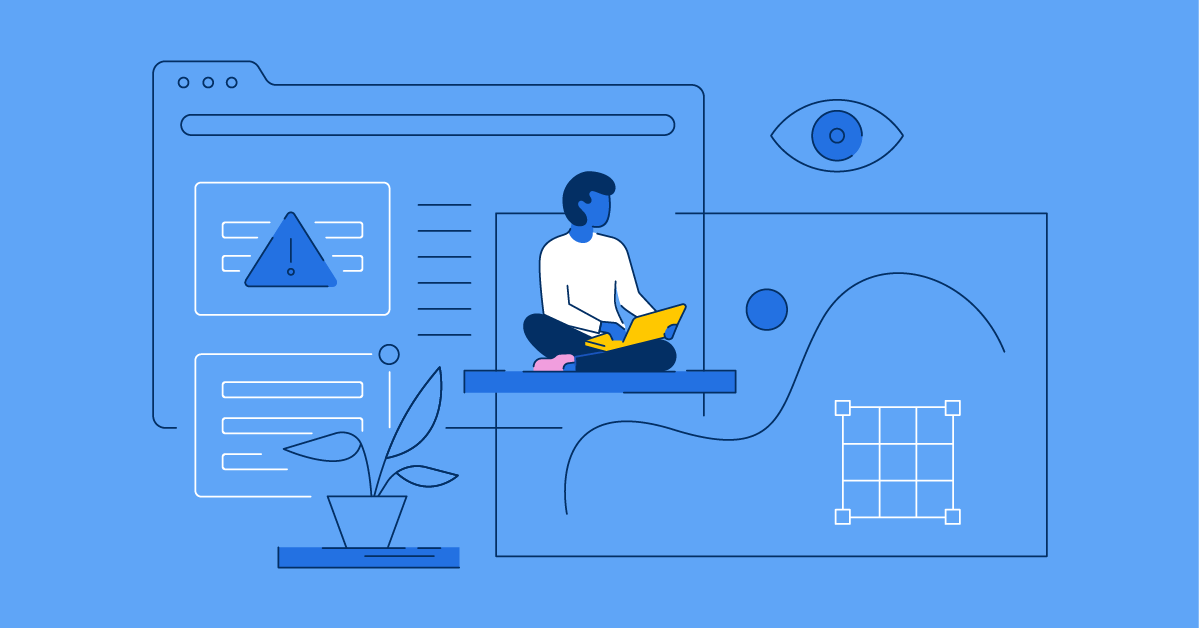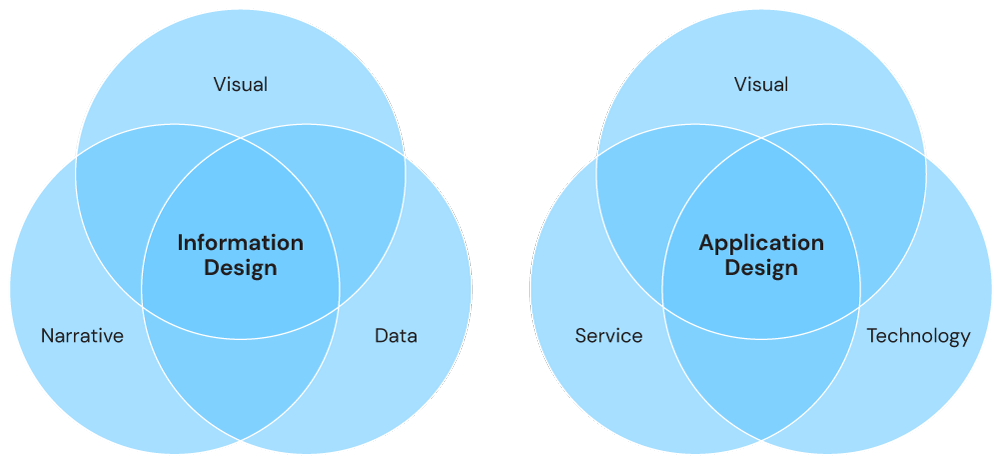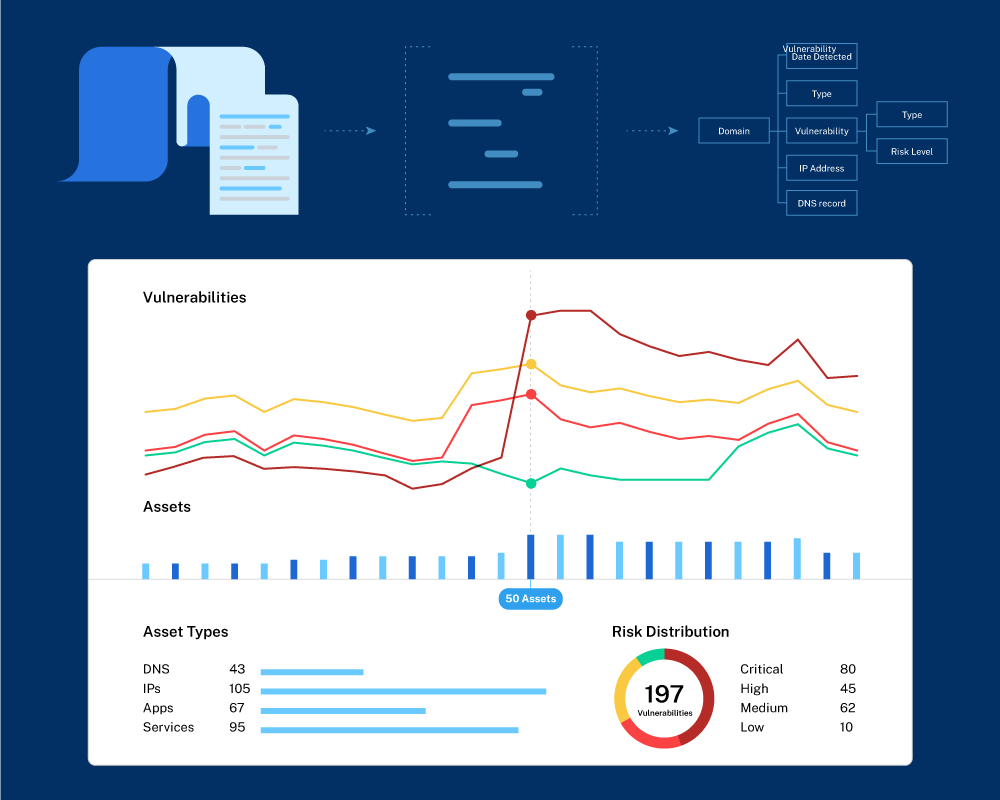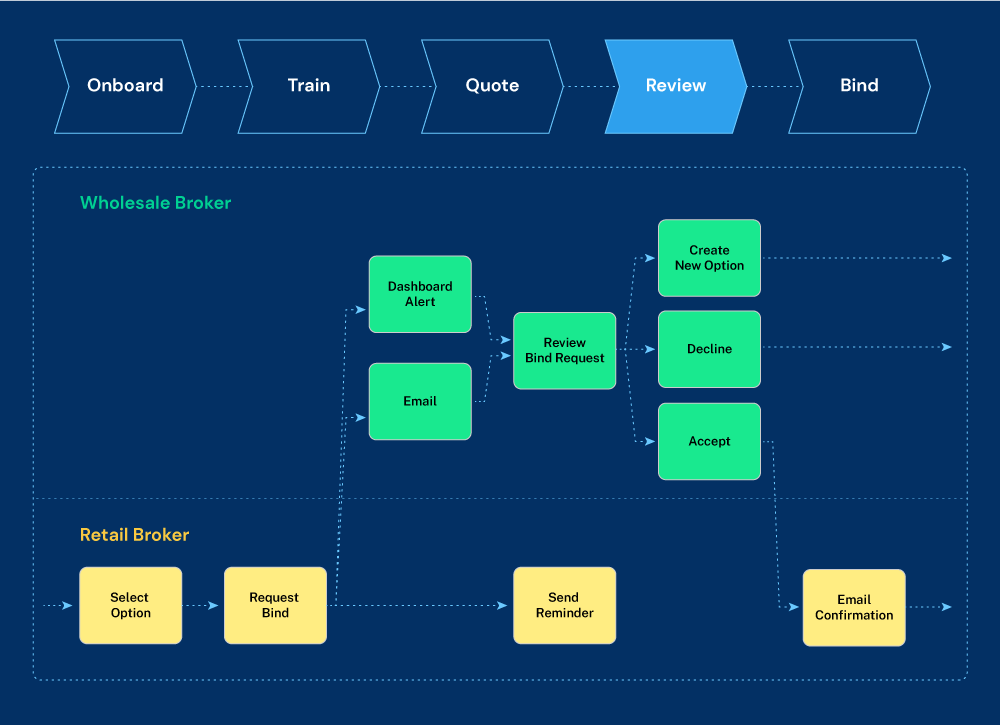Ready for a design challenge? Delighting users in insurtech and cybersecurity

Insurance and security might not be the typical industries that you’d assume would attract designers. So why would a designer want to join Coalition? It’s simple — it’s the complexity.
Many people think a designer’s role is to make things look good. While this is true (and flattering), aesthetics are just a small part of what drives designers. Similar to an architect, we don’t just look at the facade; we consider the entire experience. If you cannot easily get from one floor to another, it doesn’t matter how great your building looks from the outside.
Design is about problem-solving – and great designers are drawn to challenging problems. Challenges prompt designers to put down their styluses for a minute and think through the problem. Problem-solving separates design from fine art, and one of the reasons many of us chose the field in the first place. Yes, fine art requires problem-solving as well. I paint, and every composition can be like a new puzzle. Yet, artists start with a blank canvas, slab of clay, or sheet of paper – and transform it into a personal expression of themselves.
Designers, on the other hand, already have something to start with; a problem. The problem may be how to entice customers to buy a product, direct people across a crowded airport, or generate as many page views (i.e., ad impressions) as possible. The more complex the problem, the more we feel the challenge, and the more fun it is to be a designer.
So, what are the design challenges at Coalition? Within our products, I like to break our problem space into two areas of design — information design and application design.

Design encompasses many different disciplines. At Coalition, two of the main disciplines are information design and application design. While they both have a visual component, they are vastly different.
Information design
Let’s start with information design. Information design can be considered a part of information architecture, but let’s put labels aside for a minute. Irony Alert: Labeling is part of information design! Information design is all about understanding the content and understanding how a reader may use that information — and then figuring out how to organize, frame, present, and — yes, label it. Sometimes it’s visual, like turning a spreadsheet into a beautiful infographic you’d see from a leading media company. Other times it’s simply reviewing a few paragraphs your editor hands you and suggesting turning it into bullet points.
Note to new designers: Unless you have a collaborative team like the one at Coalition, suggesting a copy rewrite may not go down so well. Build those bridges!
At Coalition, information design applies to all of our customer experiences, but let’s focus on policyholders. Coalition policyholders are already through our sales process. They’ve converted. Mission accomplished, right? Nope. This is just the beginning. Now it’s a matter of keeping them safe — helping them remain without incident. How do we do that? With information. Clear, concise, accessible information. We take reams of technical data and transform it into stories that speak to security teams, IT teams, and the C-suite.

Coalition Control offers a detailed view into a company’s assets, vulnerabilities, and overall risk profile over time (domains, IPs, applications, technologies, etc.). Hundreds of individual data points are collected, mapped, and presented in an interactive visualization.
Application design
Turning to application design, a designer focuses on helping a customer complete a task. Getting them from point A to point B becomes a journey. Some journeys may have forks in the road and need great signage. Others have potential pitfalls to avoid. Sometimes the best journey requires the fastest path. Other times it’s the most informed way — adding a few speed bumps to inform the user to slow down and prevent them from making a mistake. Along that route, designers are presenting the most delightful experience possible, hoping that customers will return to take the journey with us again.
Sometimes the best journey requires the fastest path. Other times it’s the most informed way — adding a few speed bumps to inform the user to slow down and prevent them from making a mistake.
At Coalition, there are many journeys to map — quoting a cyber insurance policy for the first time, binding a quote, inviting fellow brokers within an agency to join Coalition. With several broker personas to consider, from wholesale brokers to retail brokers, designing for the most common scenarios while not neglecting any edge cases is critical. These personas are responsible for everything from generating new business to billing to renewals. It can become a complex, multi-dimensional web of possible paths — and as a designer, there is great joy and reward in detangling it.

Broker personas. Here, we’ve mapped out an end-to-end workflow for wholesale brokers and their assigned retailer brokers. After understanding the relationship between the two, through interviews with our customers, we can chart out a workflow for each and determine the touchpoints that work best.
Designing a Design team
Design work rarely falls neatly into one box — nor do designers. I was recently asked to list out the attributes for a design role. When I asked what product (or user experience) they would design for; the reply was that it shouldn’t matter. I disagree.
While there is a baseline set of skills any designer (or employee) should have, in the early stages of a startup, it’s common to hire individuals who can do many things. They need to be able to create a logo, design website navigation, or even clean the kitchen. However, as a team grows, you have the opportunity to hire specialists to focus on individual aspects of the business — or, in this case, individual aspects of design.
As Coalition grows, we have the opportunity to build a Design team with individuals who specialize in distinct areas, including information design, data visualization, application design, interaction design, marketing design, and branding.
As we fill these roles, we are looking for designers who love the art of design. We’re looking for those who love what drove most of us here in the first place — the challenge of designing delightful experiences despite the underlying complexity.
It’s that simple.








